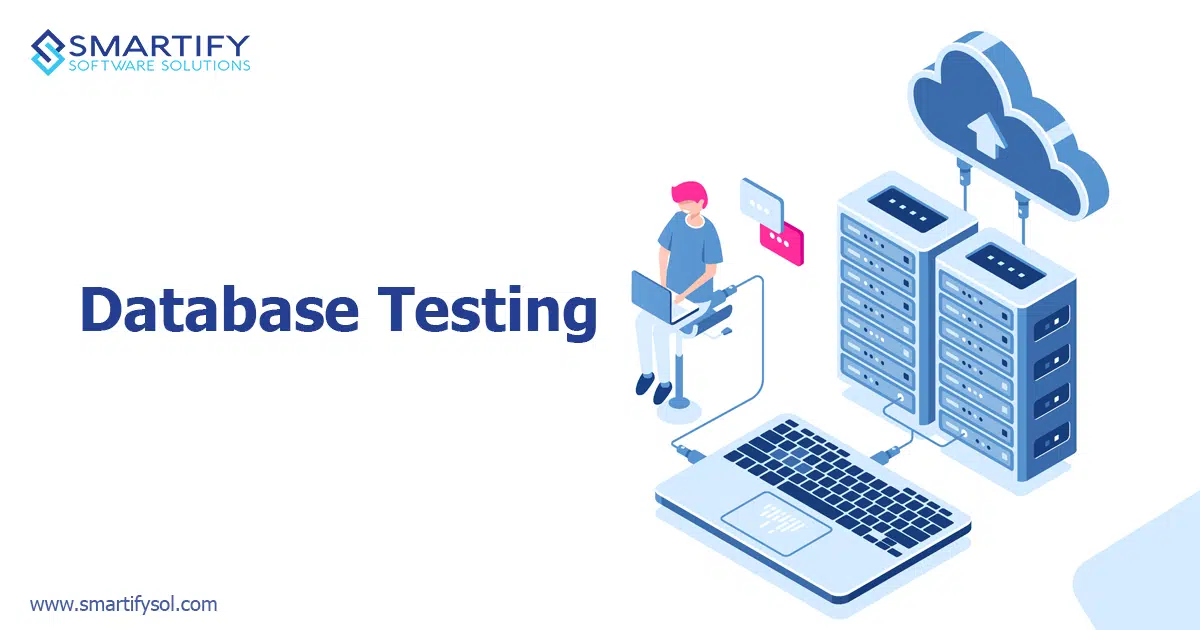What is database testing
With so many smart applications and android technologies, computer applications have become more complex nowadays. Back ends became more complicated because of the complexity of the front end.Database testing is a type of software testing. It checks the schema, table, triggers, etc.of the database under test. And it also checks data integrity and consistency too. The database is an unavailable part of the software application. Whatever the application type is like web, desktop, client-server, peer to peer. At the back end database is a must and should. For the application like controlling spaceship or mailing applications, healthcare applications, Finance, retail, leasing applications. For all these types of applications, a full-featured database tool is required.
Why is database testing used
To make the quality of the application and security of the application effective, a valid database should be used. So it is important to learn about database testing. As technology is going up, to stand in the market to handle the competition every one should update their application with the least features. Due to this, the application becomes bulkier or simply complex. To handle these applications which contain very huge data that the traditional database can not handle. A good feature database tool is a must and should handle the quality and security of the application. Here are some key points why database testing is required.
- Data Mapping.
- Validation of ACID properties.
- Data integrity.
Data Mapping
The data frequently travels back and forth. That is from the user interface (UI) to the backend database. And from the backend database to the user interface in the software system.
User Interface is nothing but a frontend. To ensure whether the fields in the user interface or frontend forms are mapped accurately with the corresponding fields in the database table. Usually, this mapping information is defined in the requirements documents.
At the front end of the application if action is performed a corresponding CRUD(create, retrieve, update and delete) action gets involved at the back end. The tester is responsible to check if the action performed is correct and the action is successful or not.
The validation of ACID properties
ACID means Atomicity, consistency, isolation, and durability. For these 4 properties, the database has to adhere to every transaction. Atomicity means that the transaction is either pass or fail. If one transaction fails, it considers it as the entire transition fails. This is also known as the “All are nothing ” rule.
consistency means a transaction will always result in a valid state of the database. Isolation means if there are multiple transitions and they are executed all at once the result of the DB should be the same as the result if all the transitions are executed individually.
Isolation means if there are multiple transitions and they are executed all at once the result of the DB should be the same as the result if all the transitions are executed individually.
Durability means external factors like power loss or crash should not be able to change it, once the transition is done and committed.
Data Integrity
The end-user mainly utilizes the CRUD operations facilities by DB when the application is under execution.C represents “Create”, when the user ‘Save’ any new transaction, ‘Create’ operation is performed.R represents “Retrieve” when the user ‘Search’ or ‘View’ any saved transaction, ‘Retrieve’ operation is performed.U represents “Update” when the user ‘Edit’ or ‘Modify’ an existing record, the ‘Update’ operation of DB is performed. D represents “Delete” when the user ‘Remove’ any record from the system, ‘Delete’ operation of DB is performed.



